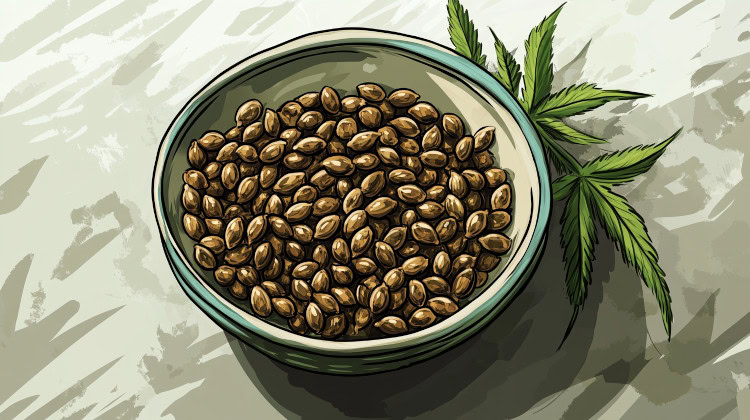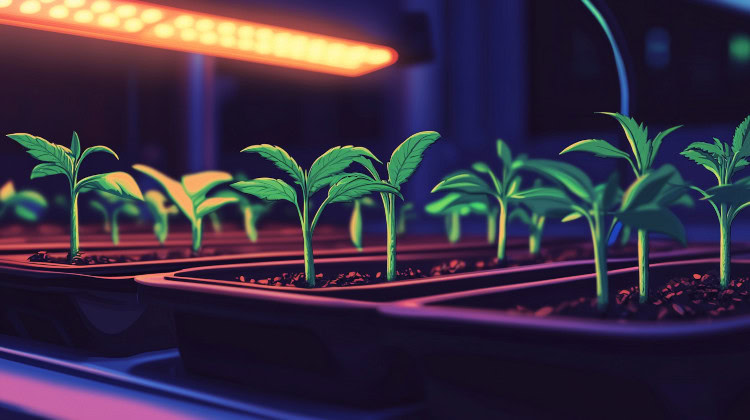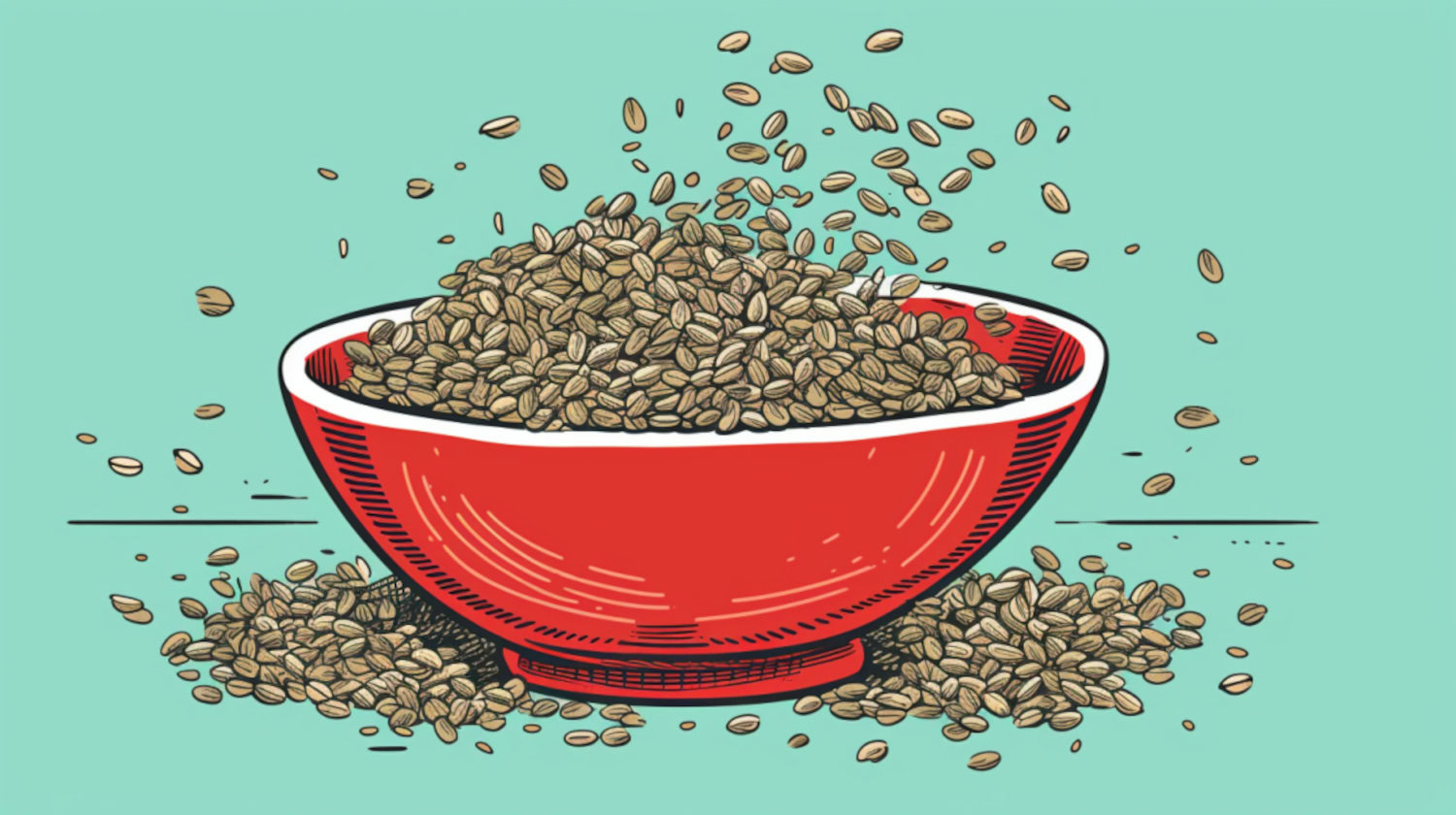Key Takeaways
- Autoflowers start flowering independently in 3-4 weeks and are ready to harvest in 8-10 weeks.
- They grow fast without light changes, but you’ll usually get smaller yields than with photoperiod plants.
- Use feminized seeds and plant in the final pot to avoid stress and keep your grow simple.
Autoflower seeds let you grow cannabis faster and easier, no light schedule needed. These compact plants go from seed to harvest in as little as 8 weeks, perfect for beginners or small spaces. But with so many options, picking the right seeds makes all the difference. Here’s what matters when choosing and growing autoflowers.
What Are Autoflower Seeds?
Autoflower seeds grow cannabis plants that flower on their own, no light schedule needed. This comes from Cannabis ruderalis, a wild variety that adapted to short seasons by blooming based on age instead of day length.1
Most autoflowers today are hybrids, a mix of ruderalis and indica or sativa strains, so they’re easier to grow but still have decent flavor, strength, and yield. They’re also in feminized versions, so you don’t have to worry about getting male plants.
Most autos start flowering around week 3 or 4 and are ready to harvest in 8 to 10 weeks, which makes them a good option for quick grows or squeezing in multiple harvests a year.
While they don’t get as big or yield quite as much as traditional strains, the speed and simplicity make up for it, especially if you're growing in a small space or just starting out.1
Advantages and Disadvantages of Autoflower Seeds

Autoflowers have come a long way. They used to be seen as weak or not worth the effort, but newer genetics have changed that. These days, they’re a great choice for home growers, especially if you're short on space or just want something easy.
Advantages
- Fast turnaround: Most autos go from seed to harvest in about 8 to 10 weeks. If you’re in a hurry or want to fit in more than one grow per season, that speed is a huge plus.
- Simple light requirements: You don't need to switch to 12/12 to trigger flowering. Keep your grow lights on a steady cycle (typically 18 hours a day), and the plant will handle the rest.
- Compact and stealth-friendly: Most autoflowers don’t grow much taller than a few feet. That makes them great for closets, balconies, or tents where height’s an issue.
- Beginner-friendly: If you're new to growing, autos are less intimidating. You don’t have to worry about timing the light cycle, and many can bounce back from small mistakes.
Disadvantages
- Smaller yields: Autos don’t get as big as photoperiod plants, so you won’t pull as much weight per grow. If your goal is bulk flower, that’s something to consider.
- Less control: Once an auto starts flowering, usually around week 3 or 4, that’s it. No pausing, no re-vegging. You’ve got to get it right from the start.
- Training limitations: There’s not much time for recovery, so heavy pruning or topping can do more harm than good. Gentle training works better if you want to shape the plant.
How to Make the Most of Autoflower Seeds as a Patient

If you’re growing your own supply for personal wellness or under a medical recommendation, autoflowers can simplify the process. They’re fast, don’t need a complex setup, and can be a good fit if you’re limited on space or just want something you don’t have to babysit.
Here’s how to set yourself up for a smoother grow:
- Use feminized seeds: That way, you’re only growing plants that will produce usable flower. No wasted time spotting and pulling males halfway through. Once you have your seeds, start with a reliable germination method to give them a strong start.
- Start in the pot you plan to finish in: Autos don’t handle stress well, especially early on.¹ Transplanting can slow them down or stunt growth, so planting directly in their final container helps avoid that. Starting them off right makes a difference, especially during the seedling stage.
- Keep your environment steady: Autoflowers don’t wait around. Once they start growing, they’re on a set schedule, usually flowering by week 3 or 4. Fluctuations in temperature, light, or humidity can mess with your results, so the more stable things stay, the better.
- Don’t push them too hard: These plants respond best to a gentle approach. Go easy on nutrients, especially during early growth, and avoid heavy pruning. Low-stress training (LST) is your friend if you want to shape the plant without slowing it down.
- Time your grows if you rely on a steady supply: Since they finish in 8 to 10 weeks, staggering plantings can help you maintain a consistent harvest. It’s a simple way to keep a steady rotation without needing a big grow space.
Where to Buy Autoflower Seeds

Buying autoflower seeds is easier than ever, with several options available online and, in some states, even at local dispensaries. A little browsing and a quick check for the right details can lead you to reliable choices.
Look for sellers that:
- Clearly list genetics: You should know the strain’s background, expected grow time, cannabinoid levels, and whether it suits indoor or outdoor setups.
- Offer feminized autoflower options: If you're looking to grow flower, not deal with male plants, feminized seeds are a must.
- Provide clear shipping policies: Double-check where they ship, how they package seeds, and what their refund or reship policy is in case of an issue.
- Back up their seeds with support: Good sellers don’t just leave you hanging. They’ll usually offer grow guides, FAQs, or real customer service if issues pop up.
- Explore local options where legal: Some dispensaries in legal states now carry autoflower seeds.
Read reviews, compare prices, and don’t rush the buy button. If something feels off or too good to be true, it probably is. A little research upfront can save you time, money, and frustration later on.
References
- Malabadi, Ravindra & Kolkar, Kiran & Chinnasamy, Brindha & Chalannavar, Raju & Neidilê, Antonia & Baijnath, Himansu & Abdi, Gholamreza & Mudigoudra, Dr. Bhagyavana. (2023). Cannabis sativa: Autoflowering and Hybrid Strains. 5. 4874-4877. ↩︎
The information in this article and any included images or charts are for educational purposes only. This information is neither a substitute for, nor does it replace, professional legal advice or medical advice, diagnosis, or treatment. If you have any concerns or questions about laws, regulations, or your health, you should always consult with an attorney, physician or other licensed professional.




